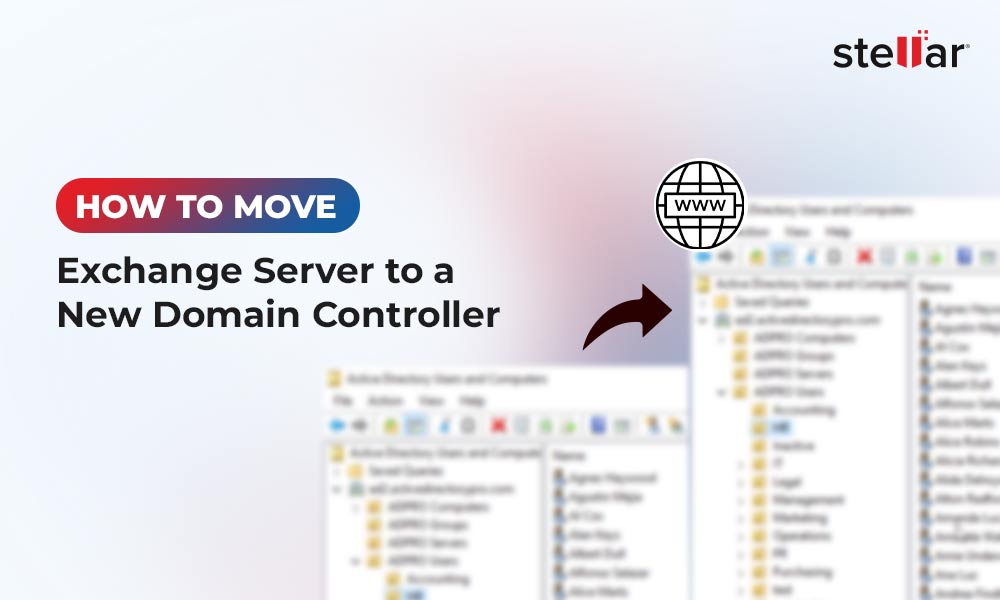It is always a best practice to check the health of your Exchange Server to ensure its smooth functioning. It is also important to check for any health issues before installing latest Cumulative Updates (CU), installing the Hybrid Configuration Wizard (HCW) before migrating to Microsoft 365, creating and deploying a Database Availability Group (DAG), or installing an additional Exchange Server in the same environment. To check the health of Exchange Server, Microsoft provides a Health Checker script.
The Exchange Server Health Checker script gives an overview of the general health of Exchange Server. It also helps to check the configuration of the installed Exchange Server. With this script, you can detect common configuration issues that can cause performance problems. Apart from the health, it can also be used to get detailed information of the Exchange Server. Below, we will see how to download and run the Exchange Server Health Checker script.
Process to Download and Run the Exchange Server Health Checker Script
Here’s the step-by-step process to download and run the Health Checker script.
1. Check Requirements and Permissions
Before downloading and using the Health Checker script, you need to check the version of your Exchange Server installed. Health Checker script is supported on Microsoft Exchange Server 2016 and 2019. Next, you need to check the required permissions on the Exchange Server and the operating system.
You need to ensure that the active directory user, who will be running the script, has local administrative rights and is a member of the Local Administrators Group. To verify this,
- Open the Computer Management console of the Exchange Server.
- Click on the Local Users and Groups node.
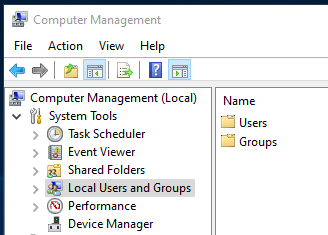
- Click on Groups.
- Open the Administrators group. Check if the user is a member of the group. If not, you need to add the user.
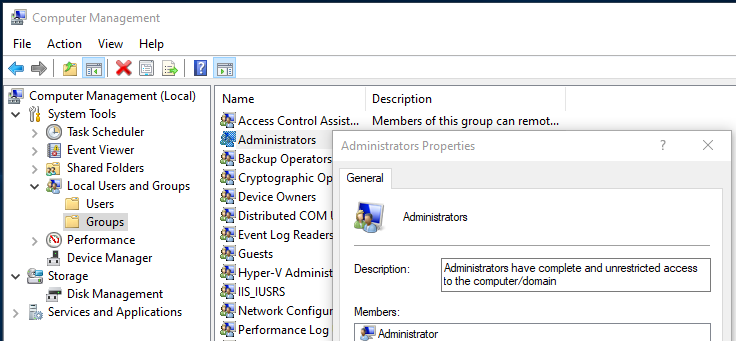
In addition, you need to ensure that the user is a member of the Organization Management Security Group in the Active Directory Users and Computers console. To check this,
- Open the Active Directory Users and Computers, expand the domain node, and click on Microsoft Exchange Server Security Groups.
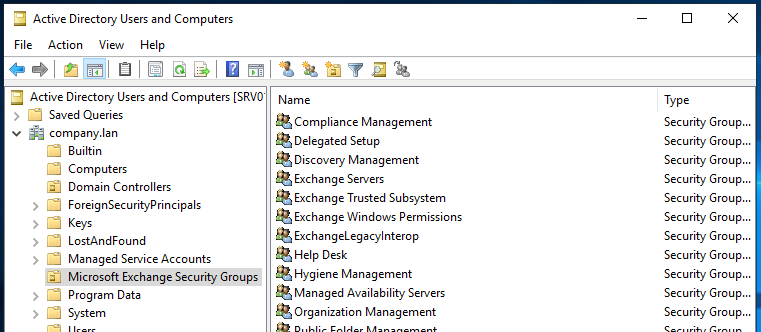
- Open the Organization Management group and click on the Members tab. If the user is not there, you need to add the user to the group.
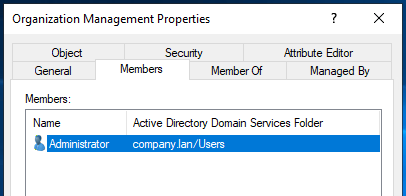
2. Download Health Checker Script
After fulfilling the above requirements, you can download the script. The Exchange Server Health Checker script can be downloaded from the official Microsoft GitHub page.
Go to the web page and click on HealthChecker.ps1 to download the latest release. The latest version at the time of writing is 24.05.02.1553.

You can download the HealthChecker.ps1 script in the C:\scripts folder. If you do not have this folder, you can create one. You can also download it at some other location.
3. Run the Script
Once the HealthChecker.ps1 script is downloaded, you can now run it to check the health of Exchange Server. For this, open a PowerShell window as Administrator.

Browse to the location where you have downloaded the script and run the following command.
PS C:\scripts> .\HealthChecker.ps1
As you are running the script for the first time, you’ll get a prompt to allow the script to run.

The script will connect to the installed Exchange Server and start the process of collecting and analyzing the data.
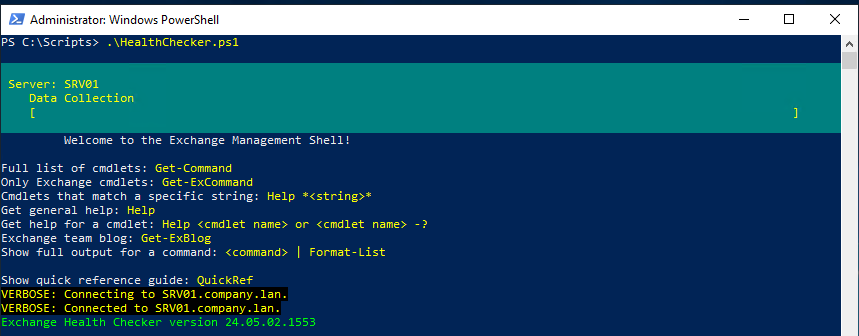
When the process is finished, the script will show all the information on the screen. It is suggested to run the script to get the output in HTML file. For this, you can run the script as given below.
.\HealthChecker.ps1 -BuildHtmlServersReport

This will show the output in HTML file (see the below image).

The report will show the following information, along with recommendations and fixes (if there are any issues):
- Full server details
- .Net information
- Maintenance mode
- Outdated Microsoft modules
- Any pending reboots
- Performance Specifications recommendations
- Hyper-V configuration recommendations (in case of virtual machine)
- Network performance and recommended configuration
- Cryptography configuration
- Operating system configuration
- Vulnerabilities
- Certificates
- Virtual Directories
- IIS application pools
This information will provide an overview of the state of Exchange Server, along with the underlying operating system, hardware, network, and vulnerabilities.
To Conclude
You can follow the above stepwise procedure to download and run the Exchange Server Health Checker script. The script will provide all the information related to Exchange Server and give recommendations, such as upgrading to a newer Cumulative Update (CU) or changing the server configurations to mitigate vulnerabilities. Incorrect configuration changes or issues during updates might impact the server’s health. It is always recommended to take necessary precautions before doing such changes on the server. In case the server falls, then there is chance that the database could be damaged or corrupted.
In such cases, it is recommended to use third-party tools to recover the data from corrupted Repair Exchange database. You can use Stellar Repair for Exchange that can repair corrupted database from any Exchange Server version or of any size and restore the recovered data to PST and other file formats. You can also export the recovered items directly to a live Exchange Server database or even to Microsoft 365 tenant.















 6 min read
6 min read